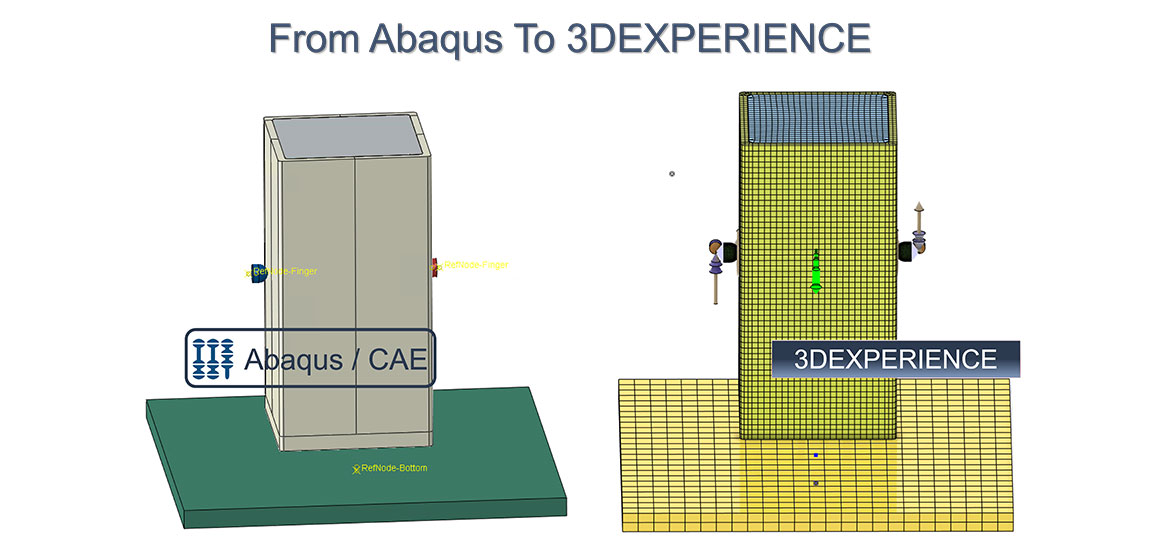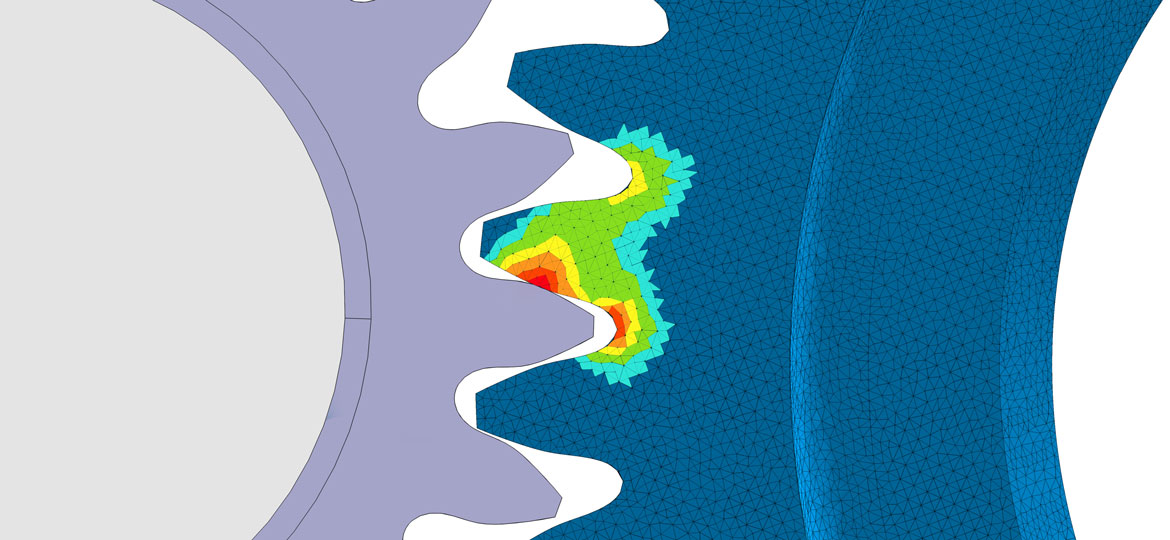Instructions for reducing the stresses occurring in the component under load can be found in many places on the web and in the literature. It is often reported how these stress values can be used to make statements about the failure or fatigue strength of a component. We like, among others, the contributions of Alexander Brunner and Slawomir Polanski, which can be found on LinkedIn. Further literature on strength verification can be found in many places. We have listed a few sources below.
However, we also want to take a step back in our systemworkx PLM blog and look at the topic of simulating the “right” stresses. The prediction reliability of the finite element simulation is an essential prerequisite for all further statements. Already in our paper Element selection and discretization in Abaqus we have shown that the element type and the mesh discretization have a significant influence on the simulated stresses. The correct resolution of the component geometries and the correct mapping of the connection technology are essential as well. There are (unfortunately) very many ways to introduce errors into the models for finite element simulation.
In the article Abaqus calculation of a filter cupwe give an example of the influence of the resolution of the component geometry on the simulation result. We want to calculate the maximum equivalent stresses in a filter cup under internal pressure and quickly arrive at a result. The maximum stress is on the inside and does not appear critical. Only a more accurate mapping of the transition region of outer ribs brings us to the realization that we had completely overlooked critical stress maxima. With this example we want to show that – depending on the objectives of a finite element simulation – special attention should be paid to the correct resolution of the component geometry.
Literature
- “Proof of Strength. 2022. In Wikipedia. https://de.wikipedia.org/w/index.php?title=Festigkeitsnachweis&oldid=221949901.
- Richard, Hans Albert, and Manuela Sander. 2016. fatigue crack growth. Vol. 227. Solid Mechanics and Its Applications. Cham: Springer International Publishing. https://doi.org/10.1007/978-3-319-32534-7.
- Spura, Christian, Bernhard Fleischer, Herbert Wittel, and Dieter Jannasch. 2023. “Strength Calculation. In Roloff/Matek Maschinenelemente, by Christian Spura, Bernhard Fleischer, Herbert Wittel, and Dieter Jannasch, 41-82. Wiesbaden: Springer Fachmedien Wiesbaden. https://doi.org/10.1007/978-3-658-40914-2_3.

Ralf Paßmann has been working with Abaqus for 35 years. He started with the pipe-rolling simulation with Abaqus/Standard and an editor as a pre-processor in the late 80s. Initiating and supporting the migration project to use Abaqus/Explicit as crash code at BMW was a highlight of his work with Abaqus and the people behind it. Ralf has now been back in Abaqus sales for around ten years with the aim of supporting customers in the reliable use of simulation in development processes.






